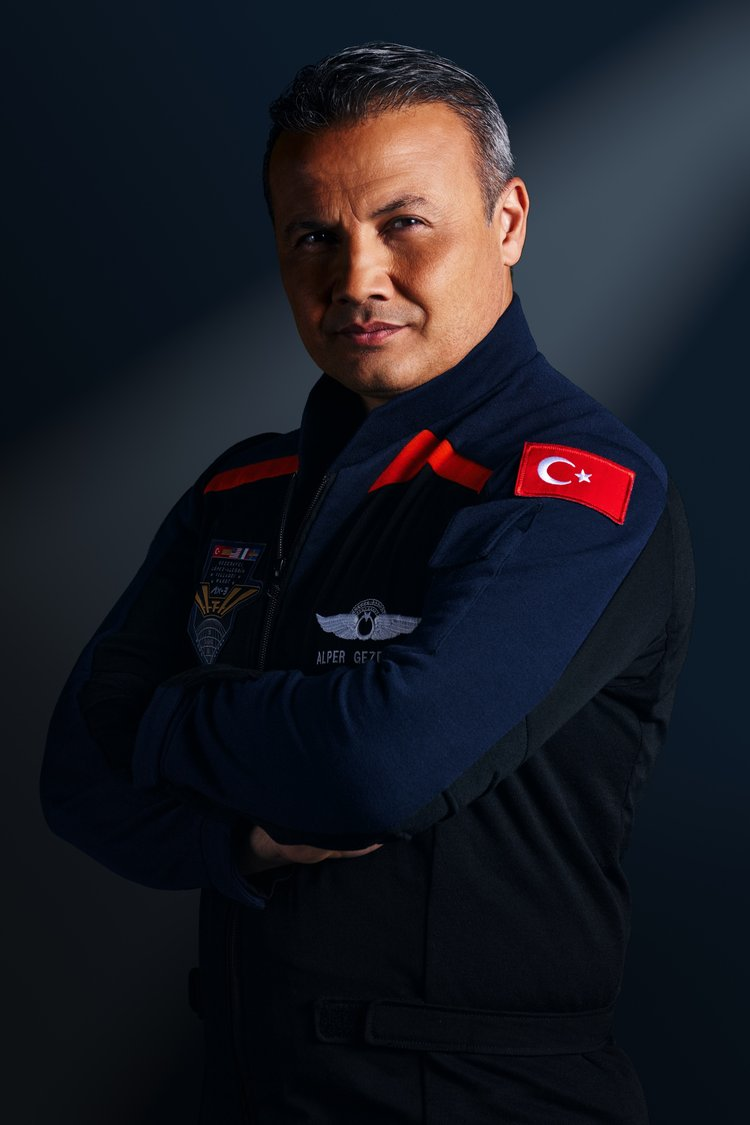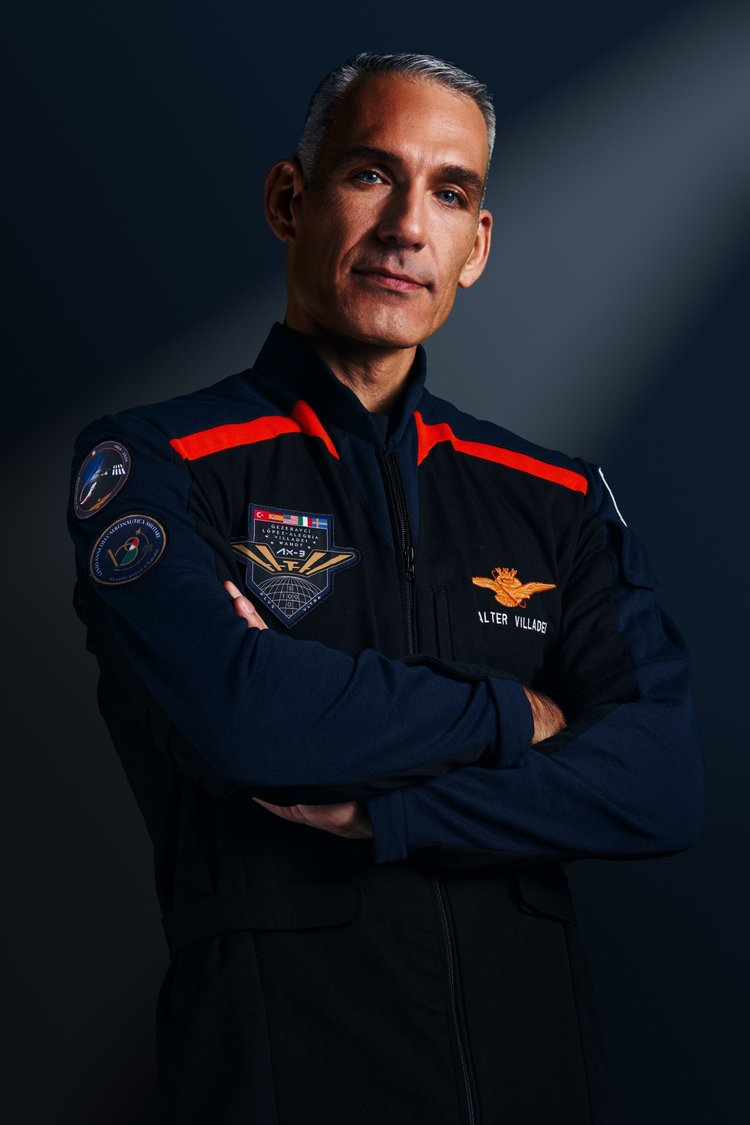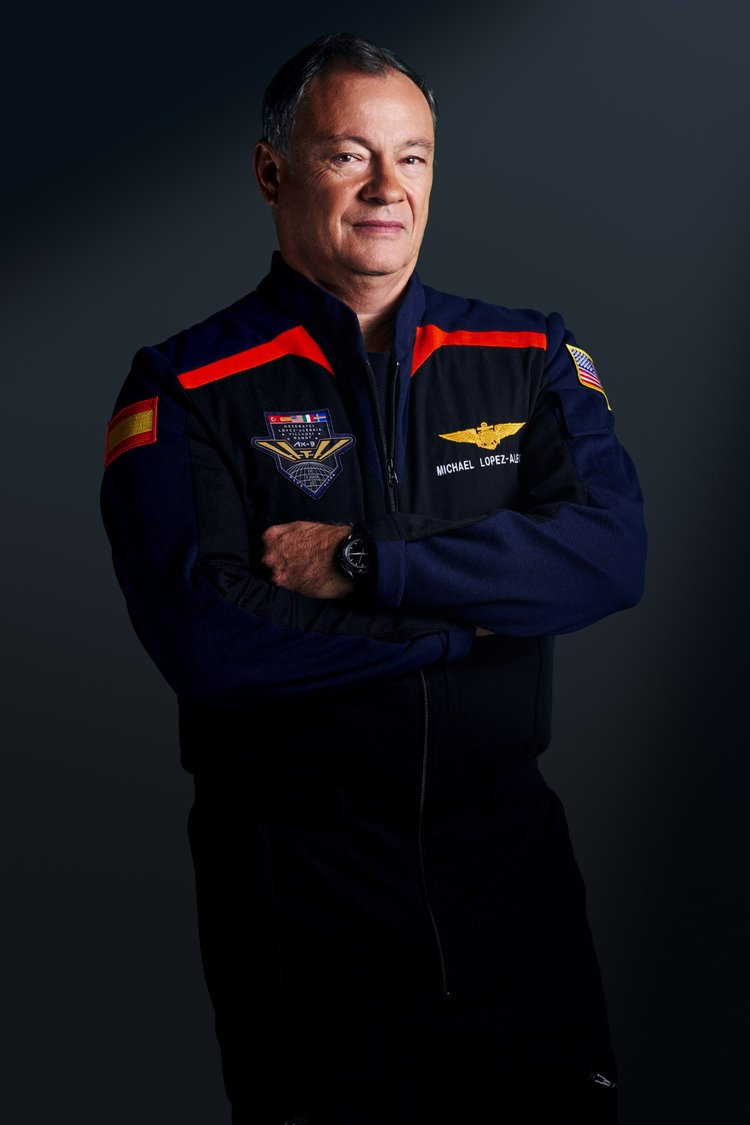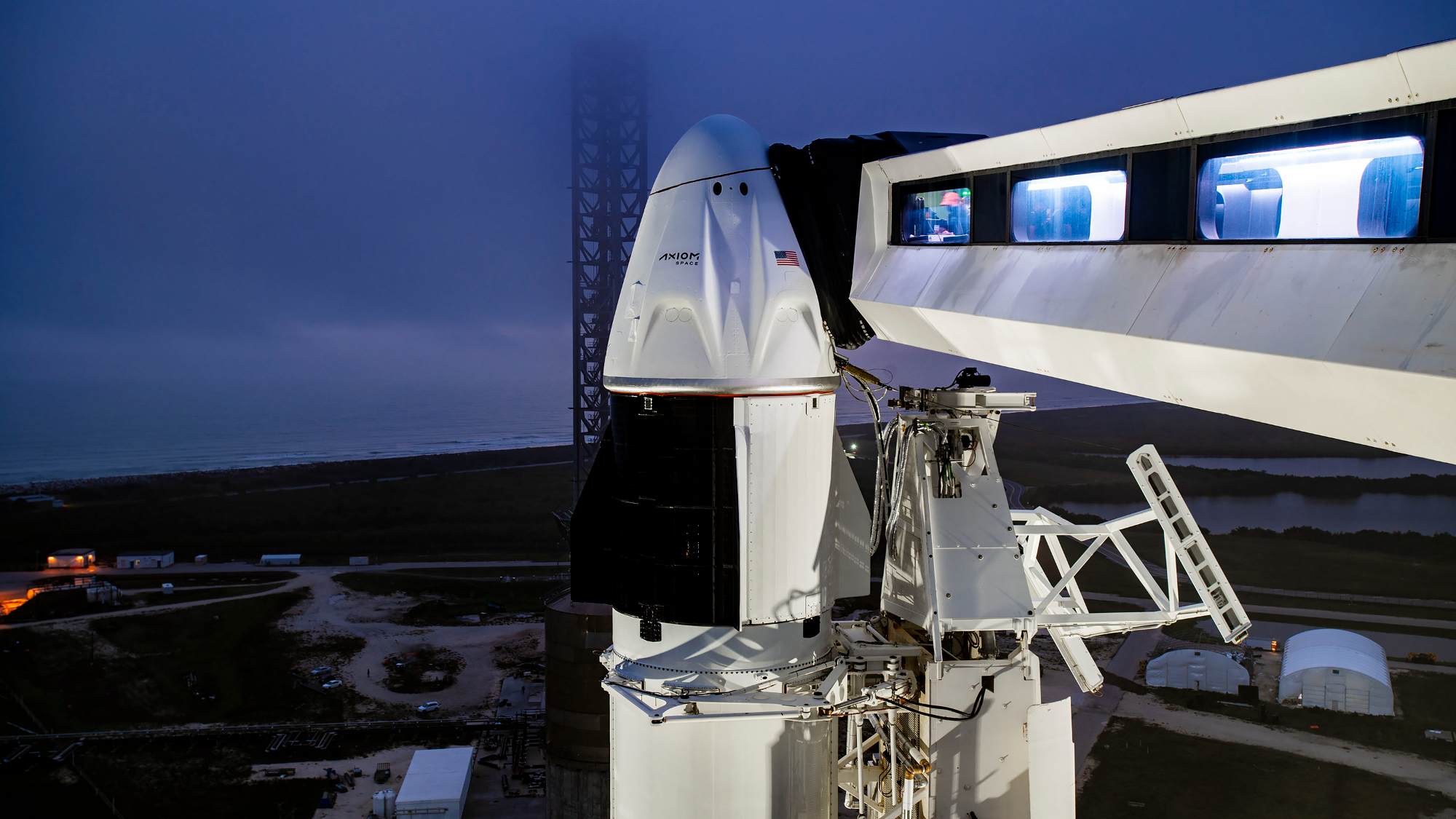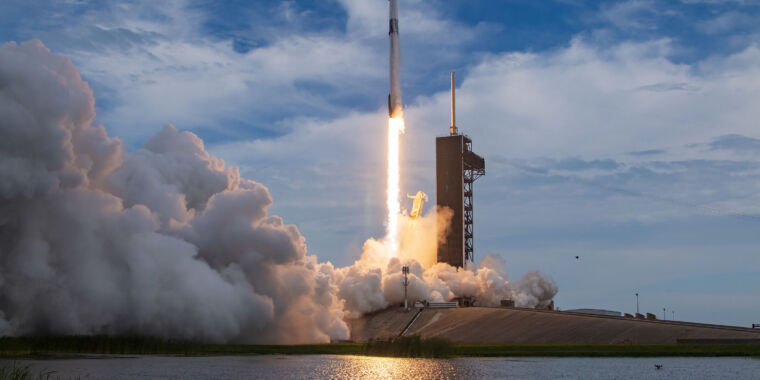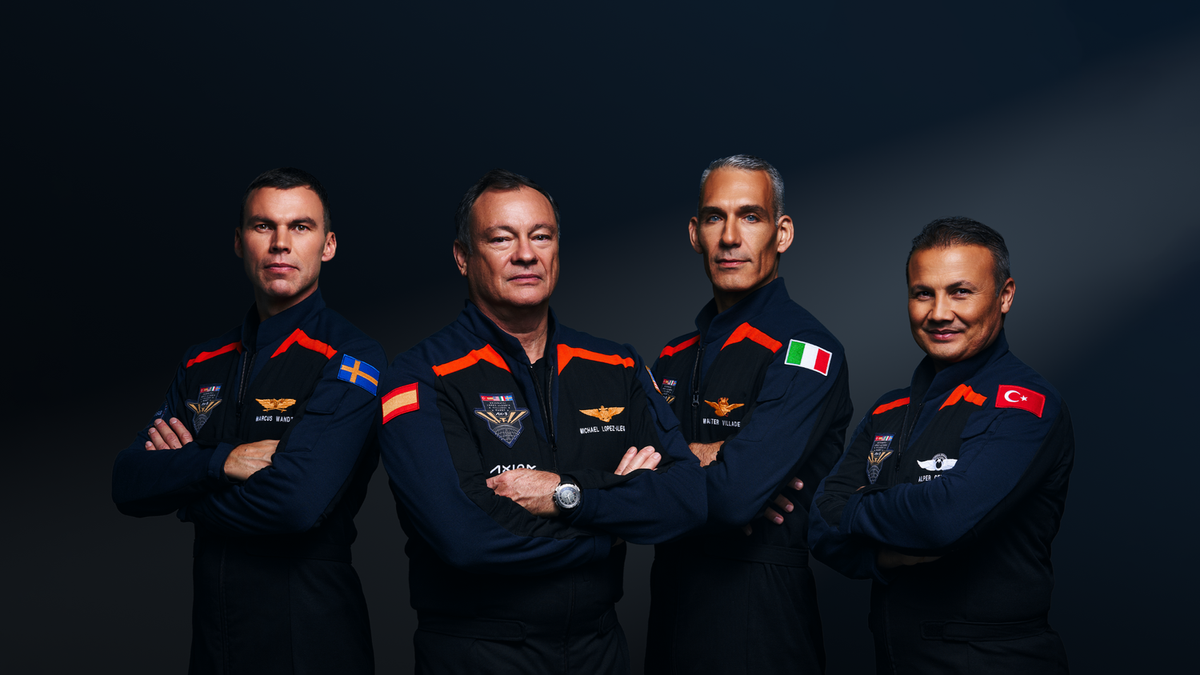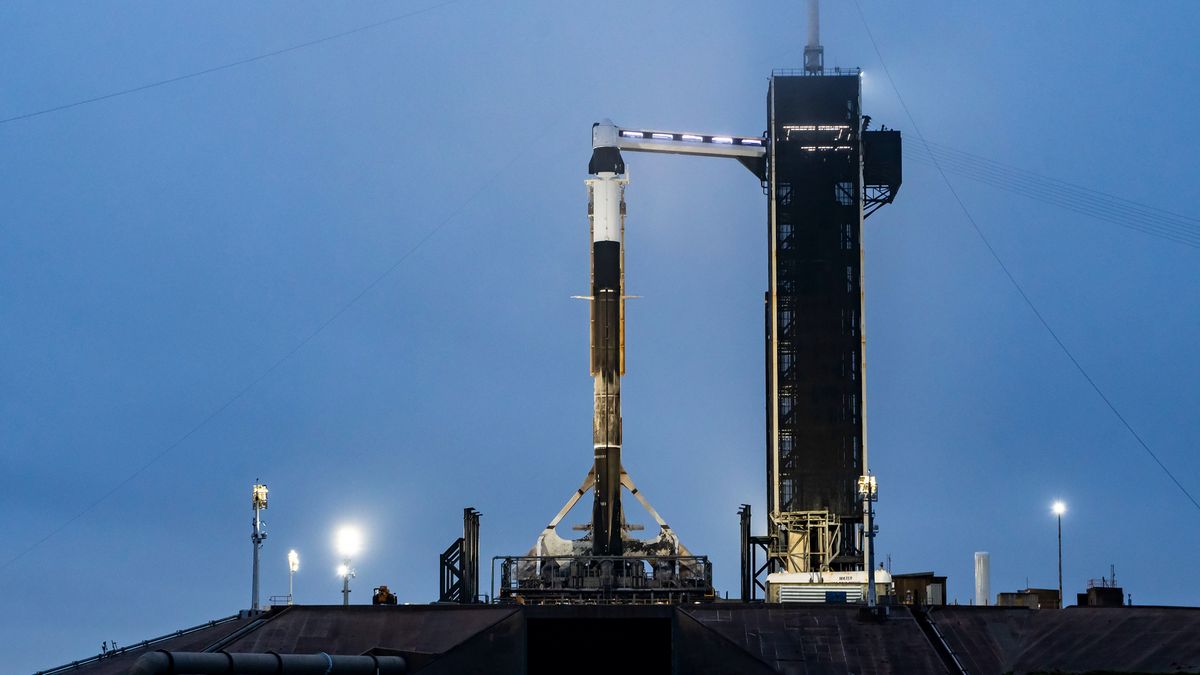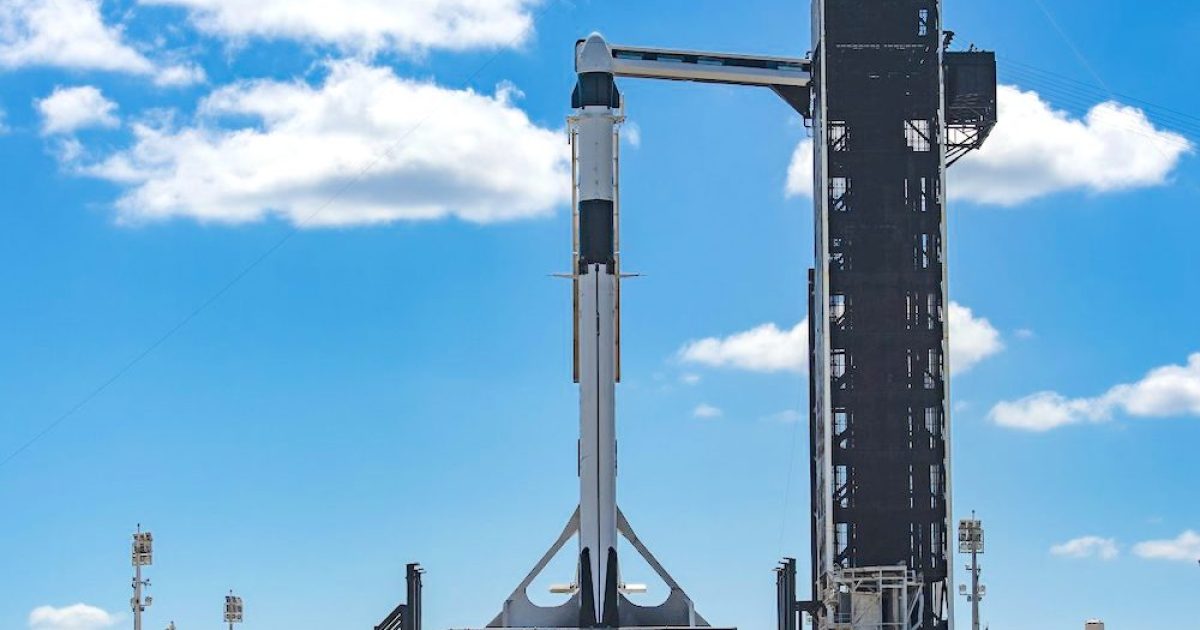
On Wednesday, January 17, 2024, SpaceX and Axiom Space are set to launch the third private crewed mission from the Kennedy Space Center in Florida to the International Space Station (ISS). The Axiom-3 mission is targeted for a two-week stay aboard the ISS and will be carrying an all-European four person crew. This marks as the first all-European private astronaut mission to head to orbit, with Swedish fighter pilot Marcus Wandt flying under the European Space Agency (ESA) flag.
Marcus Wandt was selected as a member of ESA’s first astronaut reserve pool in April 2023 and his space trip is being paid for by Sweden through a contract brokered by ESA. He will be joined on the mission by Michael Lopez-Alegrada, who hails from both the U.S. and Spain; Walter Villadei of Italy; Alper Gezeravcı of Turkey.
The overall cost of each Axiom mission is likely to be quite a bit higher than the $55 million per seat that Axiom Space sells for 10-day space trips, but ESA has created a market by filling its astronaut reserve pool with nine other candidates. This partnership between ESA and Axiom Space benefits European taxpayers who fund the agency’s operations.
The mission will be commanded by former NASA astronaut Michael Lopez-Alegrada, while Marcus Wandt serves as a member of ESA's first astronaut reserve pool. Walter Villadei hails from Rome, Italy and flew on a suborbital flight to space with Virgin Galactic in June 2023. Alper Gezeravcı will fly as Turkey’s first astronaut and has 15 years experience flying as a fighter pilot for the Turkish Air Force.
The Axiom-3 mission is significant because it marks the first all-European private astronaut mission to head to orbit, with Swedish fighter pilot Marcus Wandt flying under the European Space Agency (ESA) flag. The partnership between ESA and Axiom Space benefits European taxpayers who fund the agency’s operations.
The launch is scheduled for Wednesday at 5:11 p.m. EST (2211 GMT), from historic Pad 39A at NASA’s Kennedy Space Center in Florida, and can be watched live here on Space.com, courtesy of NASA.

